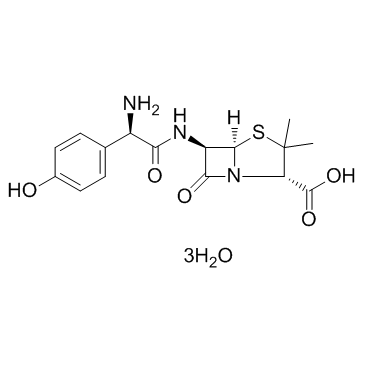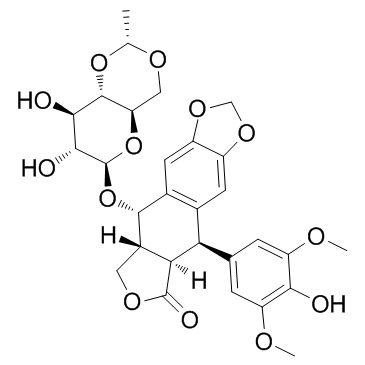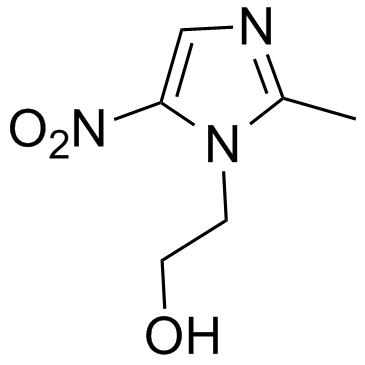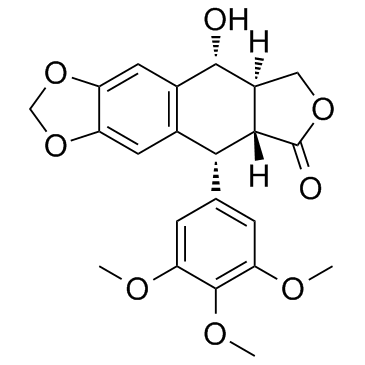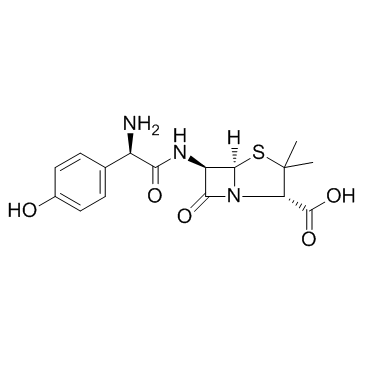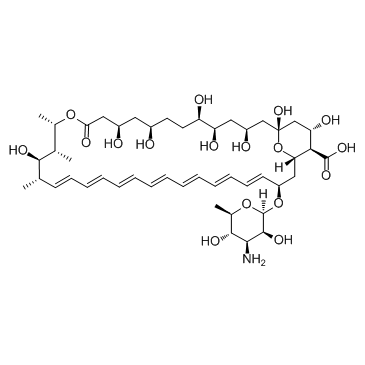Journal of Ethnopharmacology
2014-09-11
Anti-Helicobacter pylori, gastroprotective, anti-inflammatory, and cytotoxic activities of methanolic extracts of five different populations of Hippocratea celastroides collected in Mexico.
Wendy Itzel Escobedo Hinojosa, Macdiel Acevedo Quiróz, Irma Romero Álvarez, Patricia Escobar Castañeda, María Luisa Villarreal, Alexandre Cardoso Taketa
文献索引:J. Ethnopharmacol. 155(2) , 1156-63, (2014)
全文:HTML全文
摘要
The root barks of Hippocratea celastroides have been used for decades in Mexican traditional medicine to treat gastritis and ulcers. To investigate the anti-Helicobacter pylori, gastroprotective, anti-inflammatory, and cytotoxic activities of methanolic extracts obtained from the leaves, stems, and root bark of Hippocratea celastroides collected in five different localities in Mexico, during the winter of 2009, in order to establish differences in biological activities in terms of plant organs, as well as places of collection.Whole individuals were collected in five separate localities in Mexico: La Mancha, Veracruz (VL), Yautepec, Morelos (MY), Jojutla, Morelos (MJ), Temalac, Guerrero (GT), and Landa de Matamoros, Querétaro (QL). Methanolic crude extracts from wild plant specimens were tested using in vivo ethanol-induced mice gastric ulcer model, and 12-O-tetradecanoylphorbol-13-acetate (TPA) induced ear edema in mice assay, and in vitro anti-Helicobacter pylori model, and carcinoma cell line cytotoxic assays.The leaves, stems, and root bark from MY specimens, as well as the leaves and root bark of materials from VL, presented the highest activity against Helicobacter pylori (MIC values ranging from 7.81 to 31.25 μg/ml). Most gastroprotective effects were displayed by the leaves of plants collected in MY, with 89.85±1.91% of protection (300 mg/kg) and an ED50=27 mg/kg, which was corroborated by histological analysis. The root bark extracts from MY achieved the highest edema inhibition values (ED50=0.18 mg/ear), which were comparable to indomethacin (ED50=0.16 mg/ear). Finally, all extracts from MY (three plant parts) were cytotoxic against nasopharyngeal (KB), breast (MCF-7), and colon (HCT-116) carcinoma cell lines with IC50 values between 1.18 and 9.77 μg/ml, except that no activity was detected for root bark extracts against HCT-116 normal fibroblasts. The activities of methanolic extracts from leaves, stems and root bark of plants collected in five different locations varied considerably, representing a notable problem facing the quality control of the plant material from Hippocratea celastroides used for medicinal purposes. The ethnomedical information of this plant in regards to treating gastritis and ulcers was strongly evidenced by the findings of the experimental models employed in this study.Copyright © 2014 Elsevier Ireland Ltd. All rights reserved.
